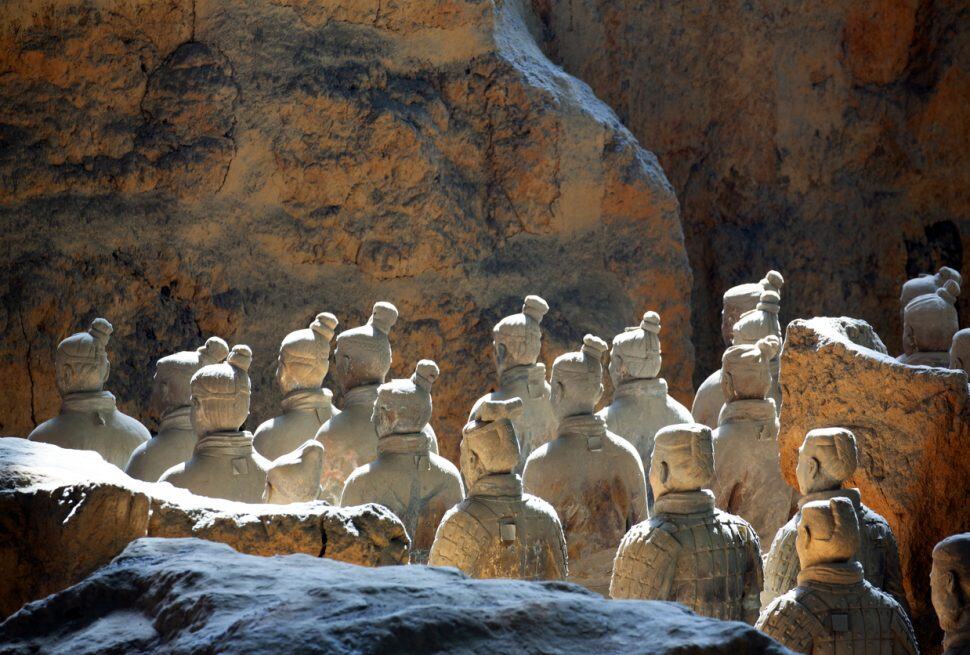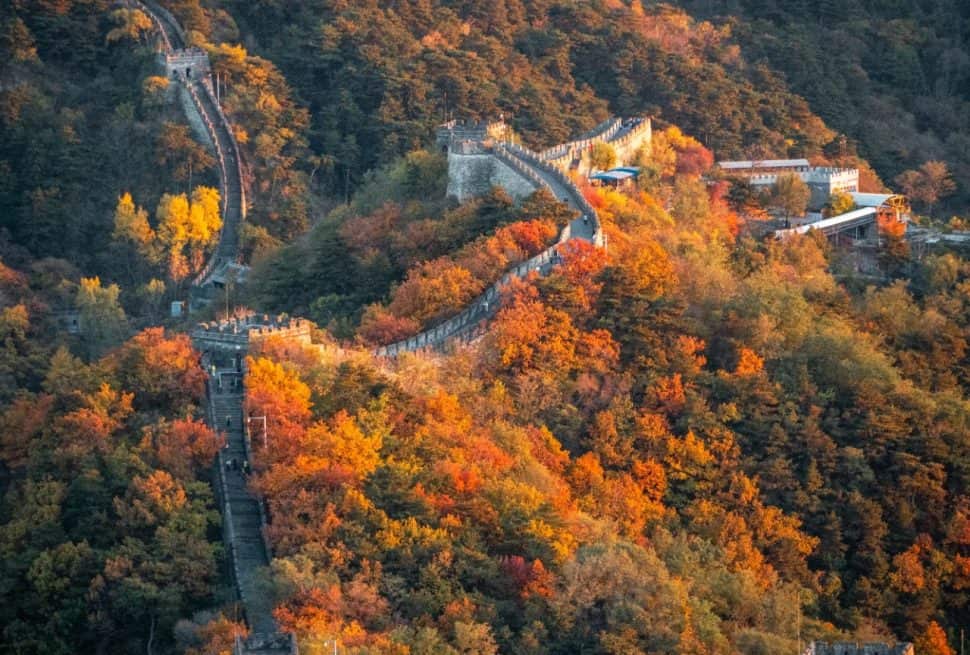Introduction
When travelers think of Chengdu, giant pandas and spicy hotpot usually come to mind. But just an hour away lies Mount Qingcheng, also known as Qingcheng Mountain, one of China’s most sacred Taoist sites and a UNESCO World Heritage treasure.
Unlike many mountains that are known only for tough climbs, Mount Qingcheng Chengdu captivates visitors with its mystical atmosphere, rich Taoist culture, and almost dreamlike scenery. Mist curls around emerald peaks, Taoist temples hide among ancient forests, and streams flow peacefully along shaded trails.
If you are planning a trip to Chengdu and want to experience both natural beauty and cultural depth, Mount Qingcheng should be at the top of your list.
Why Visit Mount Qingcheng?
- Spiritual Significance – As one of Taoism’s earliest centers, Qingcheng Mountain has temples dating back to the Eastern Han Dynasty (2nd century).
- Natural Beauty – Evergreen forests, bamboo groves, waterfalls, and pure mountain air make it an oasis away from the city.
- Cultural Experience – Taoist temples, music, and architecture are seamlessly integrated into the landscape.
- Accessibility – Its location makes Mount Qingcheng an easy day trip from Chengdu, with excellent transport connections.
The Layout of Mount Qingcheng
Mount Qingcheng is divided into two main sections:
- Front Mountain (前山, Qianshan) – Easily accessible, well-developed, and filled with Taoist temples and cultural landmarks. Ideal for families, casual hikers, and first-time visitors.
- Back Mountain (后山, Houshan) – Less commercialized, wilder, and known for rugged trails, waterfalls, and untouched forests. Best for adventure seekers, photographers, and those wanting a quieter escape.
Exploring the Front Mountain (Qianshan)
The Front Mountain represents the cultural and spiritual essence of Qingcheng Mountain. Its scenic trails pass through temples, academies, and historic sites shaded by bamboo groves and pine trees.
Main Attractions on the Front Mountain
- Jianfu Palace (建福宫) – Built in the Tang Dynasty and later restored, this temple is surrounded by lush greenery.
- Tianshi Cave (天师洞) – Dedicated to Zhang Daoling, the founder of Taoism, this site holds deep spiritual meaning.
- Shangqing Palace (上清宫) – Near the summit, this grand Taoist temple offers panoramic views of Mount Qingcheng’s peaks.
- Zhuo Dao Spring (濯道泉) – Famous for its clear waters, once used by Taoist practitioners for purification.
Hiking and Duration
Exploring the Front Mountain typically takes 4–6 hours. The well-paved paths can be combined with a boat ride across Yuecheng Lake and a cable car for those who prefer less walking. This makes the route perfect for families, casual hikers, and cultural travelers.
Exploring the Back Mountain (Houshan)
For those who prefer nature over temples, the Back Mountain offers a more adventurous side of Mount Qingcheng Chengdu. With fewer tourists, it provides a wilder and more tranquil hiking experience.
Highlights of the Back Mountain
- Waterfalls and Streams – Scenic cascades and clear streams flow through dense forests.
- Wild Trails – Rustic paths, wooden bridges, and moss-covered steps give a sense of exploration.
- Natural Caves – Small caves and grottoes enhance the mountain’s mystical Taoist character.
Hiking and Duration
A Back Mountain hike usually takes 6–8 hours and requires more stamina. The trails are steeper and facilities are limited, so this route is ideal for seasoned hikers, photographers, and those seeking solitude.
Best Time to Visit Mount Qingcheng
- Spring (March–May) – Fresh greenery and blossoms make hiking especially pleasant.
- Summer (June–August) – Cooler than the city, but popular with tourists.
- Autumn (September–November) – Crisp air and golden leaves create excellent conditions.
- Winter (December–February) – Quiet season with misty, atmospheric views. Trails may be slippery.
How to Get to Mount Qingcheng from Chengdu
By High-Speed Train
- From Chengdu Railway Station or Xipu Station → Qingchengshan Station (25–35 minutes).
- From Qingchengshan Station → Transfer by bus or taxi (15–20 minutes) to the entrance.
By Bus
Tourist buses run from Chadianzi Bus Station in Chengdu directly to Mount Qingcheng (1.5–2 hours).
By Car
Private cars or taxis take around 1.5 hours depending on traffic.
Tickets and Opening Hours
- Front Mountain Ticket – ¥90 per person
- Back Mountain Ticket – ¥20 per person
- Cable Car – ¥35 one way / ¥60 round trip
- Boat Ride on Yuecheng Lake – ¥10–20
- Opening Hours – 8:00 AM – 5:00 PM (seasonal variations possible)
Travel Tips for Mount Qingcheng
- Check the Weather – Avoid rainy days, as trails can become slippery and unsafe.
- Bring a Light Jacket – Even in summer, the mountain air is cool.
- Wear Proper Pants – Long jogger-style pants help protect against scratches and insects.
- Choose Non-Slip Hiking Shoes – Waterproof shoes with good grip are essential on mossy, wet paths.
Nearby Attractions
- Dujiangyan Irrigation System (都江堰水利工程) – Just 15 minutes away, this ancient water project is a UNESCO World Heritage Site and pairs perfectly with a Mount Qingcheng visit.
- Panda Base in Dujiangyan – A quieter alternative to Chengdu’s panda base, where visitors can see giant pandas in a more natural environment.
Explore More of China with Us
If visiting Mount Qingcheng inspires you to see more, consider joining our 14-Day Luxury China Tour. This seamless journey connects Beijing, Xi’an, Chengdu, Chongqing, and Shanghai—blending history, culture, and modern energy. With expert guides, luxury hotels, and exclusive experiences, it’s the perfect way to discover China in comfort and style.
👉 [Click here to explore the 14-Day Luxury China Tour]




